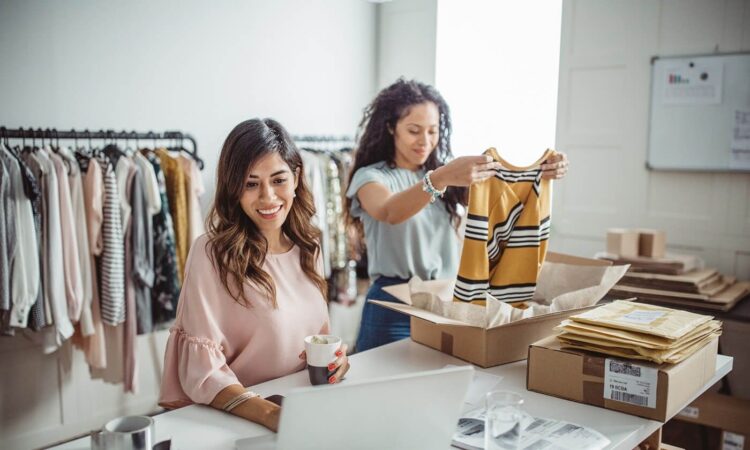
A clothing store simulator helps you conduct risk-free testing in the following ways:
- Virtual Prototyping: Allows you to test different store layouts, decor, and display concepts in a virtual environment without the need for costly physical prototypes.
- Realistic Simulation: Provides a realistic 3D simulation of a clothing store environment, allowing you to visualize how different design elements will look and function before making any physical changes.
- Quick Iterations: Enables you to experiment with multiple design options and make quick iterations to find the most effective layout and design.
- Remote Collaboration: Facilitates collaboration between team members, designers, and stakeholders remotely, allowing you to gather feedback and make adjustments without the need for costly in-person meetings and travel expenses.
- Data-Driven Decisions: Uses data analytics to track customer interactions with different store designs and layouts, helping you make informed, data-driven decisions that minimize risk.
- Real-Time Feedback: Provides real-time feedback from customers, colleagues, and stakeholders, allowing you to make informed design decisions and adjustments without costly rework.
- Error Reduction: Helps you identify and correct design errors early in the process, reducing the risk of costly mistakes during implementation.
- Scalability: Allows you to easily replicate successful store designs and layouts across multiple locations, ensuring consistency and minimizing the time and resources required for each new store.
- Adaptability: Quickly adapt store designs to accommodate changes in market trends, customer preferences, and brand image, ensuring that your store remains relevant and attractive to customers.
By providing tools and features that help you conduct risk-free testing, a clothing store simulator helps you save costs, minimize design errors, and create a store environment that drives sales and customer satisfaction.
How Does a Clothing Store Simulator Help You with Traffic Flow Optimization?
A clothing store fashion simulator assists with traffic flow optimization in the following ways:
- Store Layout Experimentation: Allows you to experiment with different store layouts to optimize traffic flow and guide customers through the store in a logical and engaging way.
- Aisle Width Adjustment: Easily adjust aisle widths and pathways to ensure smooth traffic flow and prevent congestion in high-traffic areas.
- Fixture Placement: Experiment with the placement of fixtures, displays, and merchandise to create clear pathways and minimize obstacles to traffic flow.
- Entrance and Exit Design: Design entrances and exits that encourage customers to move through the store efficiently and explore all areas of the store.
- Product Placement Optimization: Optimize product placement to ensure that high-demand items are located in areas with the highest foot traffic.
- Visual Merchandising Strategy: Align visual merchandising strategies with traffic flow patterns to maximize product visibility and encourage impulse purchases.
- Real-Time Feedback: Gather real-time feedback from customers on store layout and traffic flow to identify areas for improvement and make adjustments as needed.
- Data Analytics: Use data analytics to track customer movements and interactions within the store, identifying traffic flow patterns and optimizing store layout accordingly.
- Scalability: Easily replicate successful store layouts and traffic flow patterns across multiple store locations to ensure consistency and brand coherence.
By providing tools and features that help you optimize traffic flow within your store, a clothing store simulator helps you create a more efficient and enjoyable shopping experience for customers, ultimately leading to increased sales and customer satisfaction.
